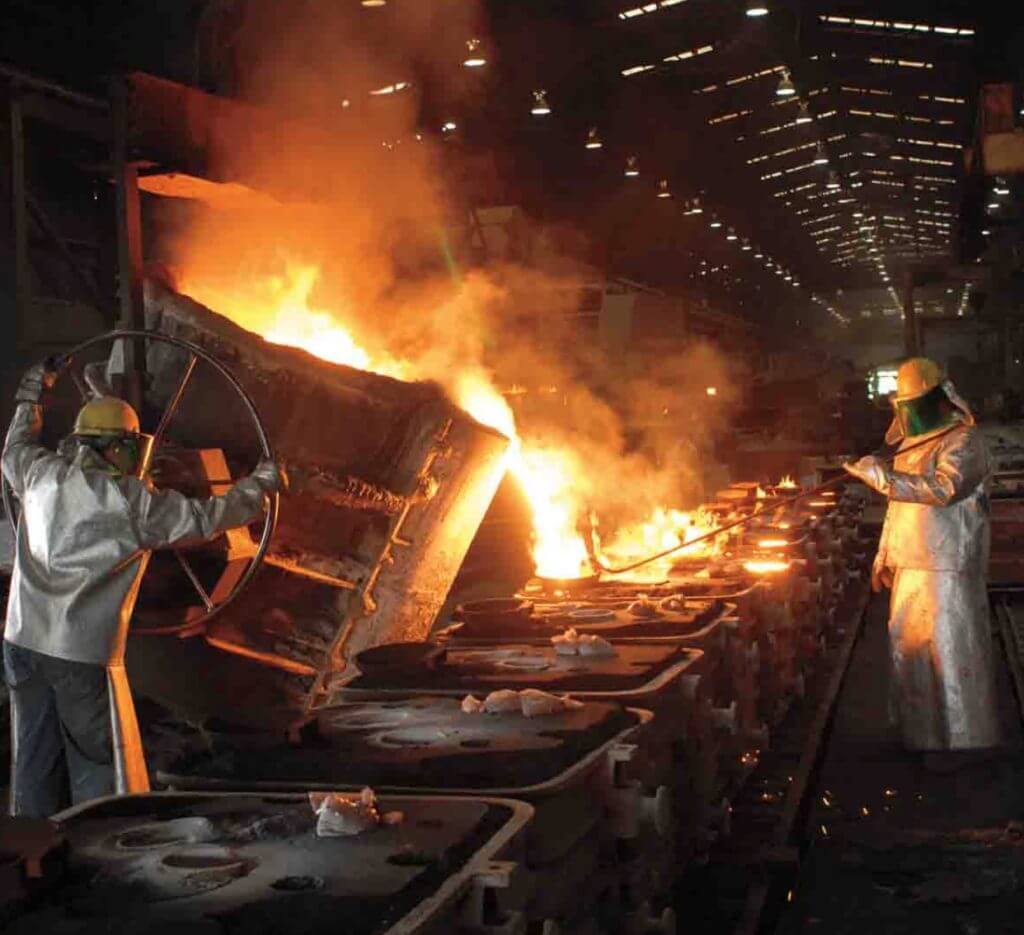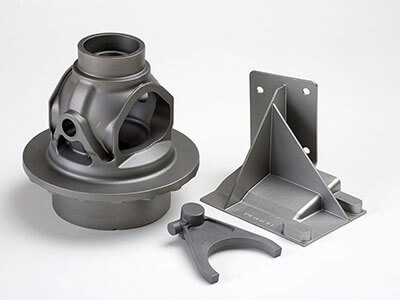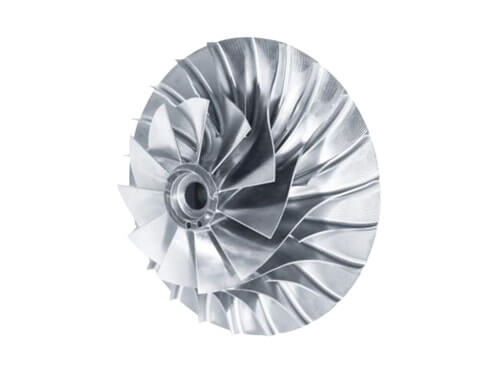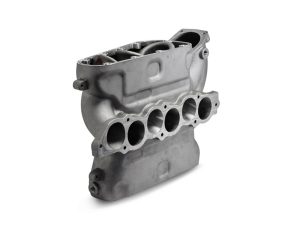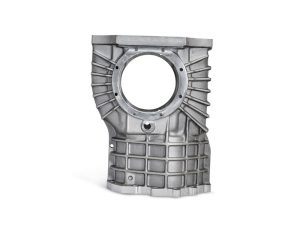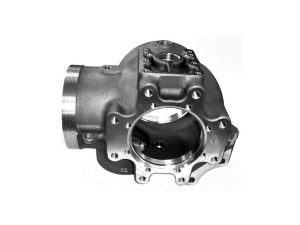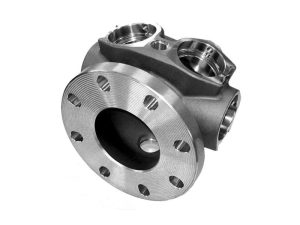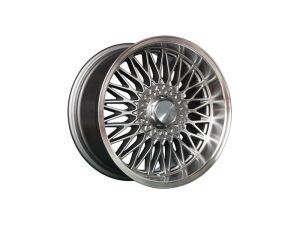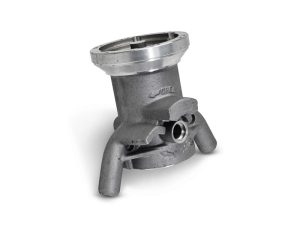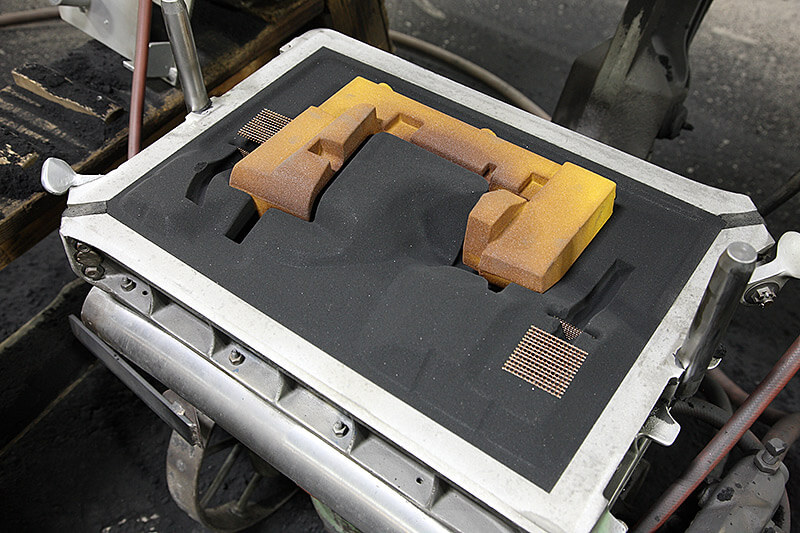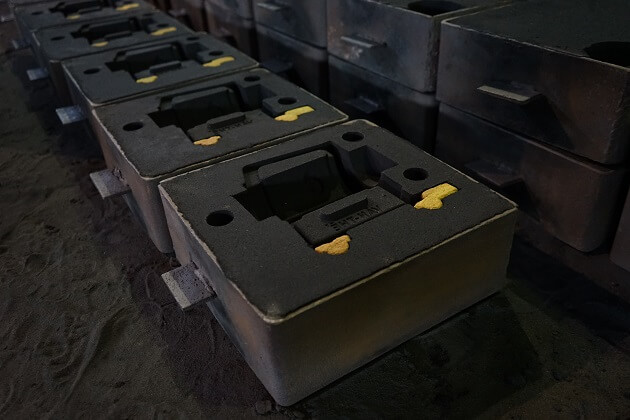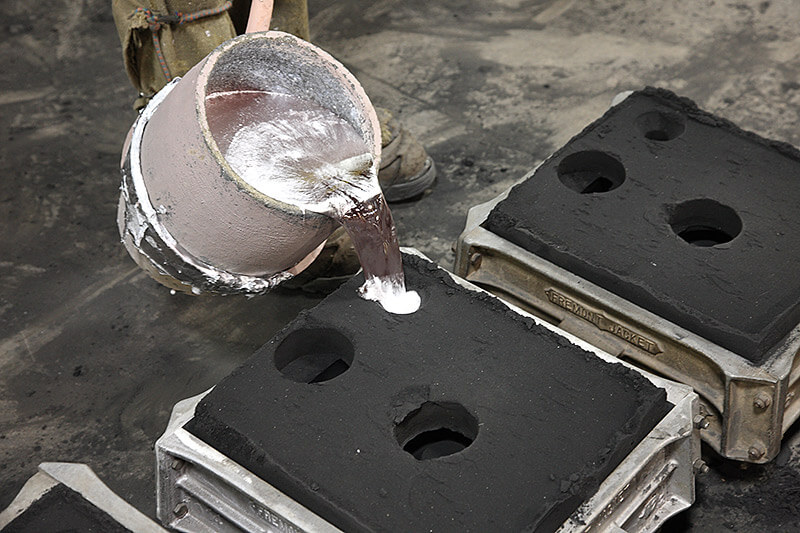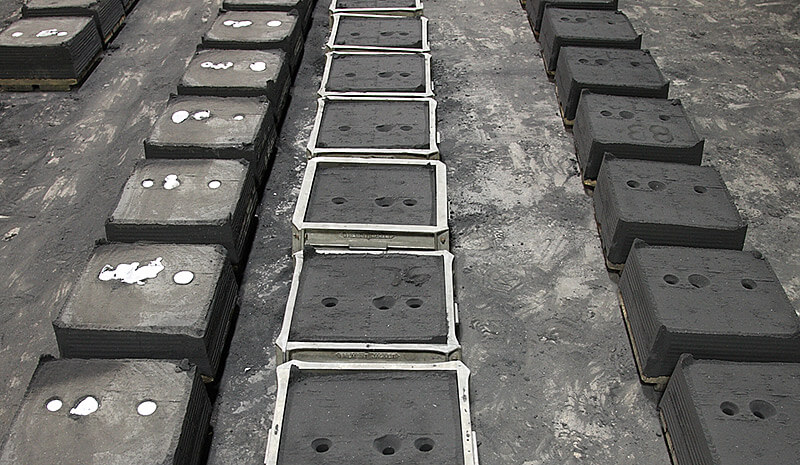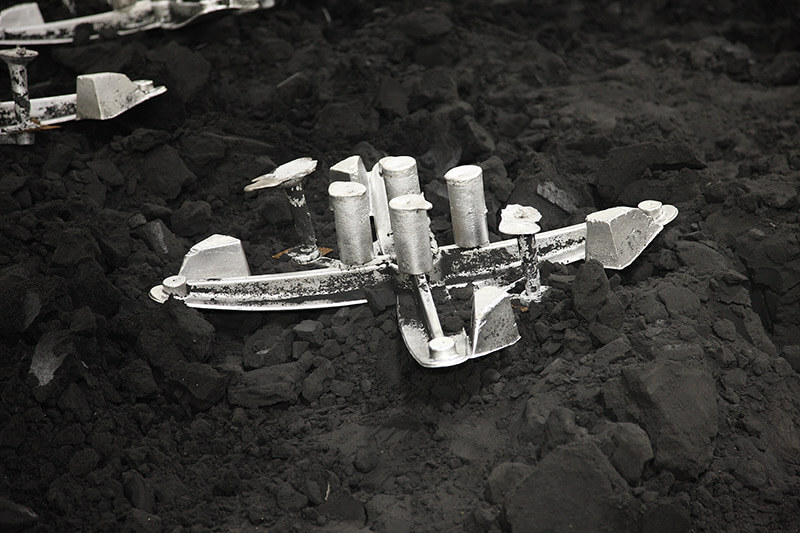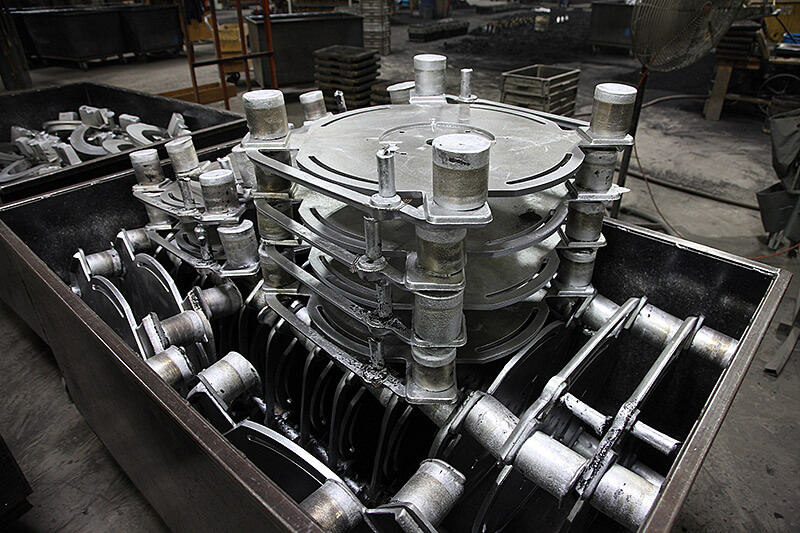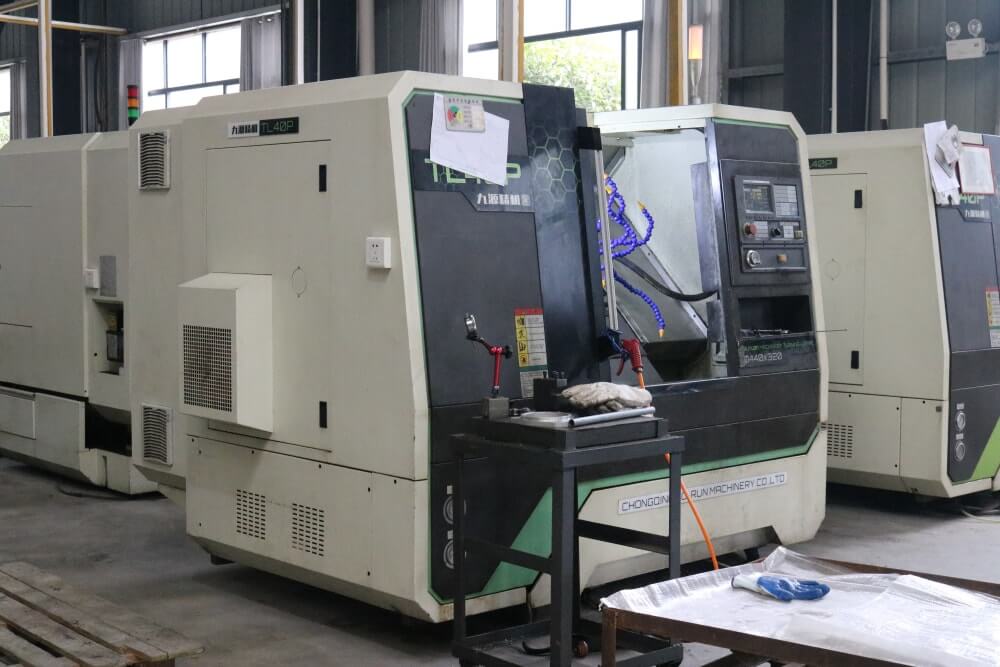Sand Casting Foundry
SIPX provides superior quality sand casting parts and components for a wide range of industries including automotive, food dairy, machinery, medical, plumbing, watering, mining, petrochemical, electrical, energy and others. Whether you want to produce medium or high quantities, nothing is more cost-effective than sand casting.
What is Sand Casting
Sand casting, also known as sand molded casting, is a metal casting process characterized by using sand as the mold material. The term “sand casting” can also refer to an object produced via the sand casting process. Sand castings are produced in specialized factories called foundries.
The result of centuries of development is that sand casting is the most versatile, and probably the most widely used, metal casting method. Over 60% of all metal castings are produced via sand casting process.
Sand casting is used to produce a wide variety of metal components with complex geometries. These parts can vary greatly in size and weight, ranging from a couple ounces to several tons. Some smaller sand cast parts include components as gears, pulleys, crankshafts, connecting rods, and propellers. Larger applications include housings for large equipment and heavy machine bases. Sand casting is also common in producing automobile components, such as engine blocks, engine manifolds, cylinder heads, and transmission cases.
